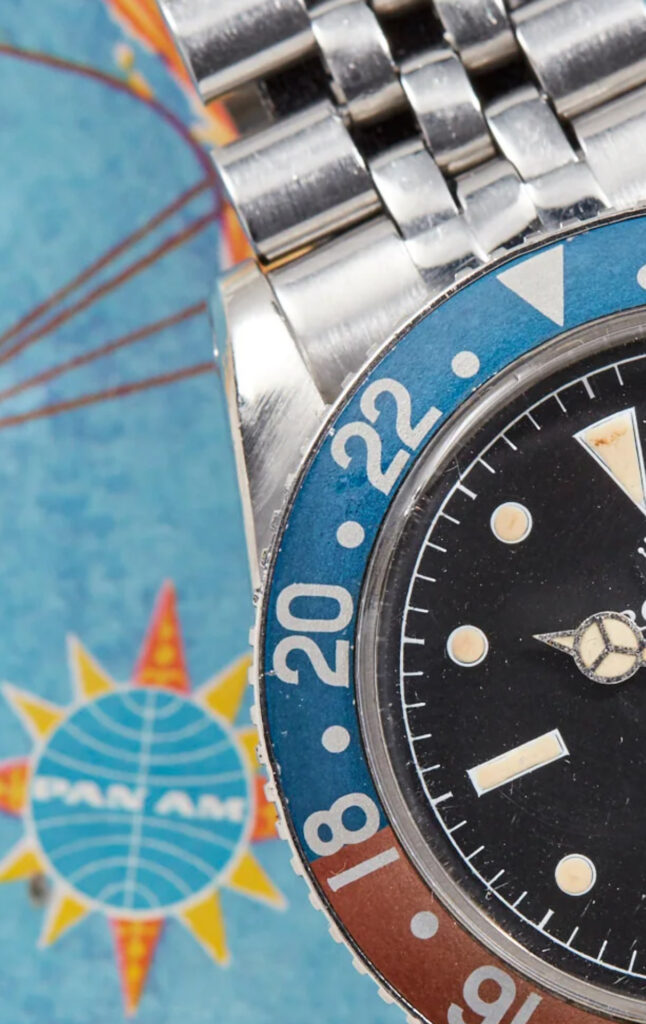During the Vietnam War, pilots faced a unique set of challenges. In addition to the dangers of flying in combat zones, they needed watches that could withstand the extreme conditions of high altitude and cockpit vibrations. Pilot watches became an essential tool for these aviators, and their design and functionality evolved over the course of the war.
In the early years of the conflict, pilots relied on standard issue watches such as the Benrus Type I Class A watch. However, these watches were not specifically designed for aviation, and they lacked features that were critical for pilots, such as a large, easy-to-read dial, a chronograph function, and a rotating bezel for calculating flight time and fuel consumption.
As the war escalated, the military began to issue more specialized watches for pilots. One of the most popular was the A-11, which was produced by several companies including Bulova, Elgin, and Waltham. The A-11 had a black dial with large white numerals and hands for easy legibility, and it also had a chronograph function and a rotating bezel. However, the A-11 had a few drawbacks. It was not water-resistant, and its crystal was prone to cracking under the extreme pressure changes of high altitude flight.
In response to these issues, watch manufacturers began to develop new models that were specifically designed for aviation. One of the most notable was the Hamilton Khaki, which was introduced in 1969. The Khaki had a large, easy-to-read dial with luminous markers and hands, and it was water-resistant and shock-resistant. It also had a chronograph function and a rotating bezel with a slide rule for performing calculations related to fuel consumption and airspeed.
The Khaki was a huge success among pilots, and it became one of the most iconic watches of the Vietnam War. Its popularity was due in part to the fact that it was worn by several high-profile pilots, including Lieutenant Colonel Iceal Hambleton, who was shot down over Vietnam in 1972 and spent 11 days evading capture while wearing his Khaki. Hambleton’s story was later chronicled in the book and movie “Bat*21,” which helped to cement the Khaki’s place in history.
Another popular watch among pilots was the Rolex GMT-Master, which was first introduced in 1954. The GMT-Master had a dual-timezone function, which allowed pilots to keep track of two different time zones at once. This was particularly useful for pilots who were flying across international borders and needed to know the time in both their home country and their destination. The GMT-Master was also water-resistant and shock-resistant, and it had a rotating bezel for performing calculations related to fuel consumption and flight time.
In addition to these well-known models, there were also many other pilot watches that were used during the Vietnam War, including the Breitling Navitimer, the Zenith El Primero, and the Heuer Autavia. Each of these watches had its own unique features and design elements that made it well-suited for aviation.
In conclusion, pilot watches played a crucial role in the Vietnam War, allowing aviators to navigate the skies with precision and accuracy. Over the course of the conflict, these watches evolved from basic timepieces to highly specialized tools that were specifically designed for aviation. Today, these watches are highly prized by collectors and enthusiasts, not only for their historical significance but also for their enduring style and functionality.



